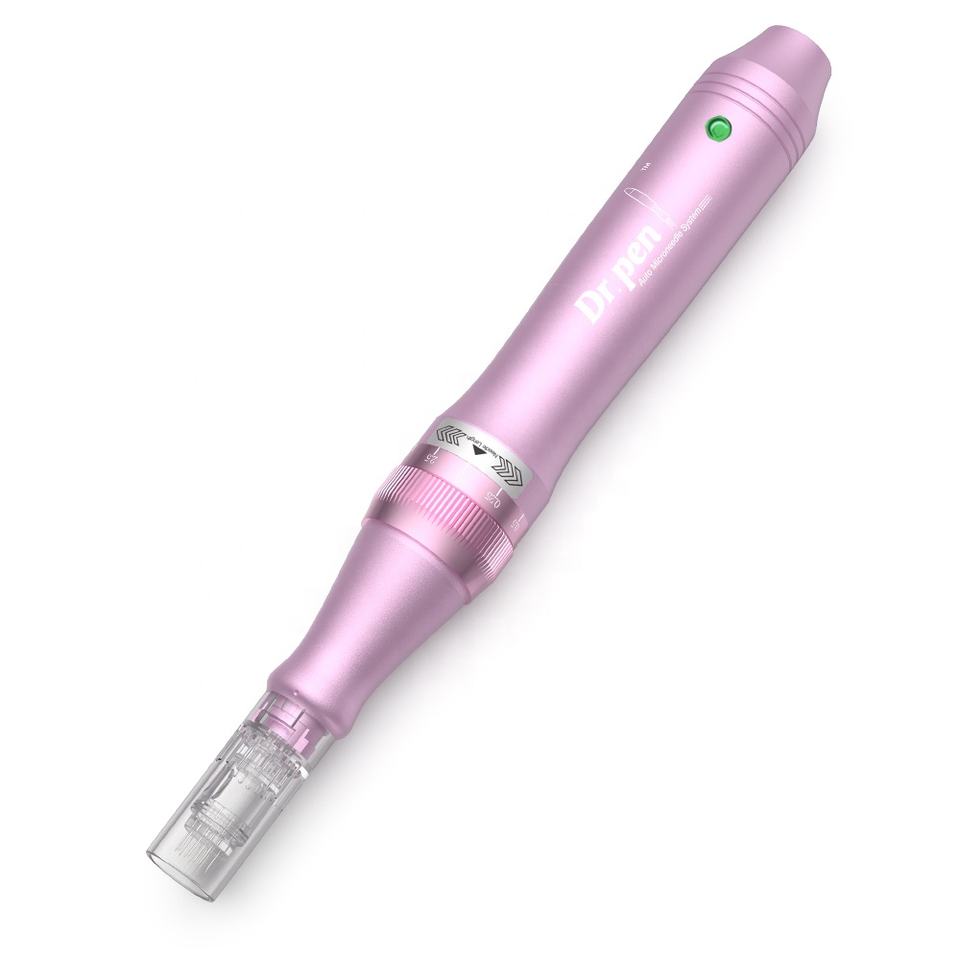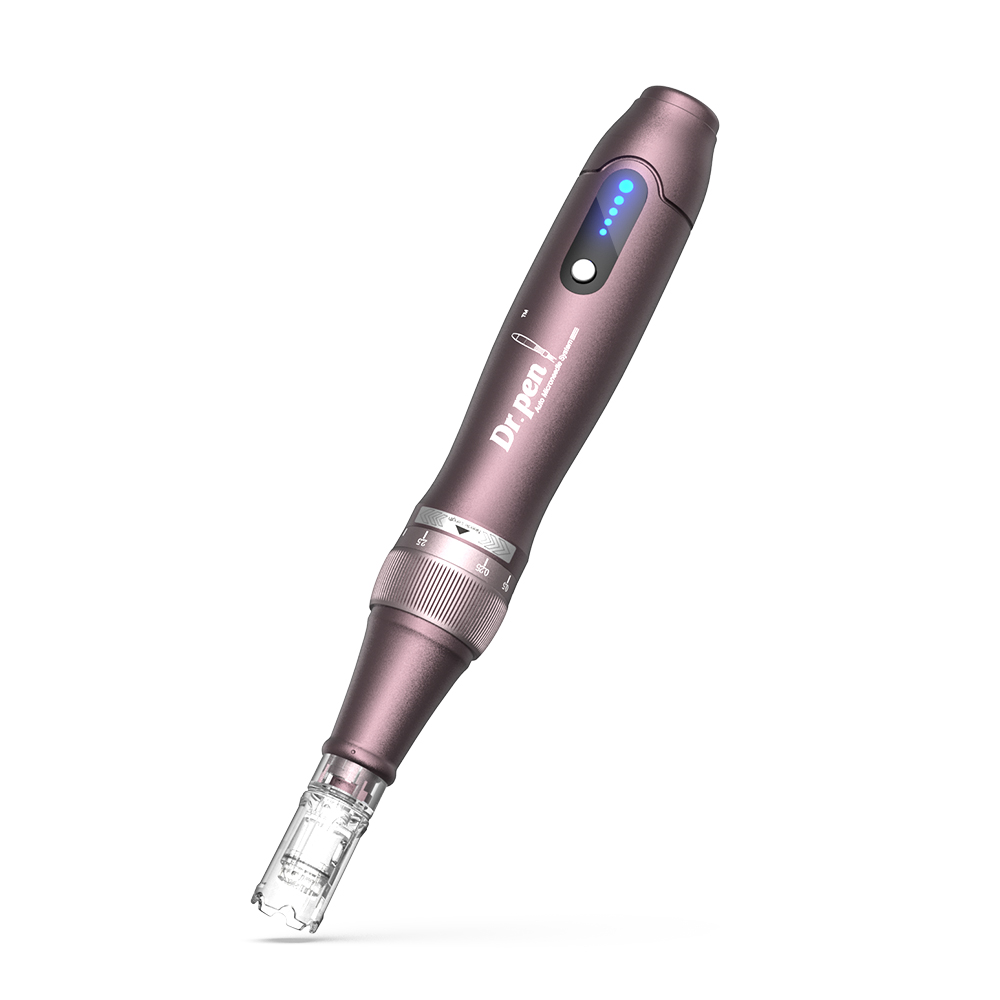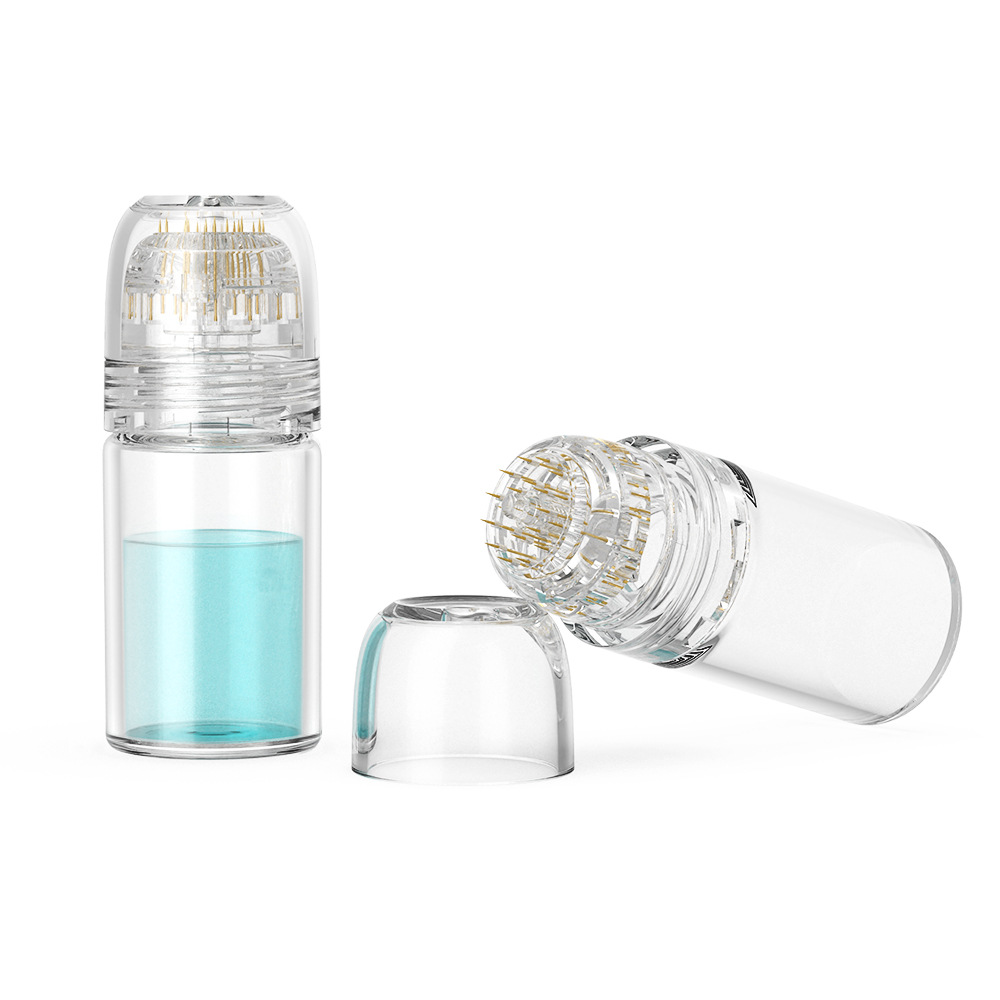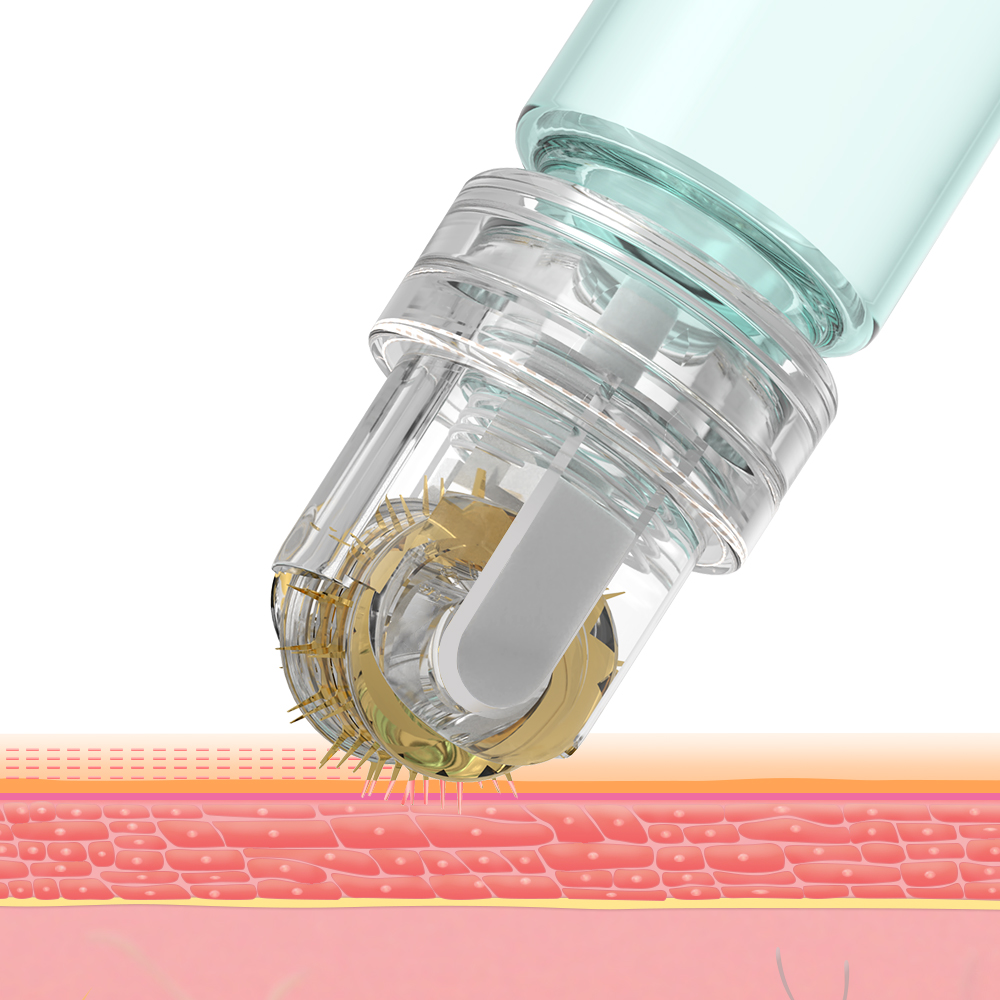Best Derma Rollers for Your Skin
If you look in the mirror and see something you’d like to improve about your skin — whether it’s minimizing scars, reducing wrinkles, evening out skin tone, or simply achieving a more radiant glow — microneedling could be the answer.
At first, it may seem strange to roll hundreds of tiny needles over your skin. But that’s exactly what microneedling devices — a.k.a. derma rollers — do, and these handheld tools have made a name for themselves in the beauty world as a DIY solution to a variety of cosmetic skin woes.
While not tons of research has been done on their effectiveness just yet, dermatologists do seem to agree that derma rollers can stimulate collagen production and, in turn, improve the appearance of skin. The practice of microneedling started in dermatologists’ offices, but now, derma rollers are widely available for at-home use, too. Based on customer feedback and guidelines from dermatologists, we recommend some derma rollers you can safely use at home to treat fine lines, wrinkles, acne scars, dark spots, and more. And since these options have thousands of positive reviews between them from real users, you can trust that they’ll be effective for a variety of skin concerns.
What Should Derma Rollers Be Used For?
Derma rollers can help minimize and prevent fine lines from becoming visible or deeper on the face, neck, and chest. Along with promoting the production of collagen and elastin for smoother, firmer, and younger-looking skin, they can be used to reduce the appearance of acne scars or stretch marks and even to stimulate hair growth. If your concern is aging, dark spots, or acne scars, a derma roller could be helpful.
Compared to in-office treatments, at-home derma rollers generally use smaller needles (usually around .25 millimeters in depth) to minimize the chance of any potential complications, says Dr. Avaliani. She adds that microneedling procedures performed by doctors are typically much more aggressive, so if you’re looking for faster or more noticeable results, you may be better off booking an appointment with a dermatologist, esthetician, or plastic surgeon.
Possible Side Effects of Derma Rollers
While these versatile beauty tools may seem like a great simple addition to your skincare regimen, it’s important to note that they’re not for everyone. You shouldn’t use derma rollers at home if you have sensitive skin, eczema, cold sores, actively infected acne, sunburn, or rosacea.
You should also avoid them if you have a compromised immune system or you’re taking medications that suppress your immune system, including medications for autoimmune diseases like lupus or psoriasis.
And most importantly, if you’re not using your derma roller properly or keeping it clean, you could put yourself at risk for bleeding, bruising, and peeling, or even infection.
How to Use Derma Rollers at Home
It’s best to start slowly, even once a month can be very effective. If your skin tolerates the derma roller well, you can work up to using it weekly.
The needles — and your skin — must be washed and disinfected appropriately before and after each treatment. We recommends spraying the device with isopropyl alcohol (rubbing alcohol) solution and washing it with warm water to sterilize before each use. Proper maintenance is also extremely important: Examine the needles carefully to make sure they’re not bent, broken, or rusty, and don’t hesitate to replace your derma roller or its heads whenever necessary.
Once you’ve ticked all the safety boxes, it’s time to get started. Using mild pressure, roll the device back and forth horizontally, vertically, and diagonally over the areas of skin you’d like to treat. After use, you’ll want to be gentle with your skin and avoid topical products that could cause any potential irritation. Final tips? Always buy a high-quality derma roller from a retailer you trust and choose options that come in sterile packaging.
Now that you know how derma rollers work and the correct way to use them, keep scrolling to explore the ones that come recommended by the pros and have earned rave reviews from customers.
If you think you’d rather run a marathon, untrained, in the heat of summer, without bike shorts or an anti-chafe stick than use a tool with needles on your face, we hear you. But before you lace up those sneaks, listen up: the tool with tiny needles is painless (no, really!) and can give you some major skin benefits.
The treatment is called microneedling or derma rolling, and it involves a tool with super tiny needles that is rolled over the face or body, which causes microscopic holes in the top layer of your skin. This “precise injury,” as the pros call it, stimulates elastin and collagen, both of which keep your skin firm—but the naturally-occurring stuff is lost as we age.
You can get microneedling treatments done in-office with a dermatologist or esthetician, or there are at-home tools. While in-office treatments are more potent, the process is similar. “With microneedling, tiny needles are gently pressed with even pressure against the skin and undetectable micro-wounds are created, which triggers skin to go into repair mode and produce more collagen.
At-home devices don’t penetrate as deeply as professional treatments since the needles are generally only 0.25 millimeters in depth. In comparison, needles used for in-office procedures tend to be 0.5 millimeters to 1 millimeter. And, you don’t have to worry about at-home derma rollers being painful—since the needles are smaller, it will just feel a bit prickly, and it can be uncomfortable if you apply too much pressure.
FAQ
How do you use a derma roller?
When using a derma roller, first split your face into four quadrants, addressing one section at a time. Using mild pressure, roll the device back and forth horizontally, vertically, and diagonally over the areas of the skin you’re treating. Usually, I suggest two to four passes in each direction. In terms of adding products into the mix, she says you can apply a serum either before or directly after using your derma roller. Be sure to always roll on a clean, dry face, and finish off with a hydrating or nourishing skincare product.
How do you clean a derma roller?
Vaney recommends washing your roller with warm water and then spraying it with a rubbing alcohol spray before its first use. We also suggests washing and disinfecting your roller after each treatment, and again before you reuse it.
How often should you use a derma roller?
Start by using it once a month, and then work your way up to weekly depending on your skin type or if you have an associated skin problem. Also important: A derma roller shouldn’t be used on active acne, rosacea, eczema, cold sores, or sunburned or infected skin.




